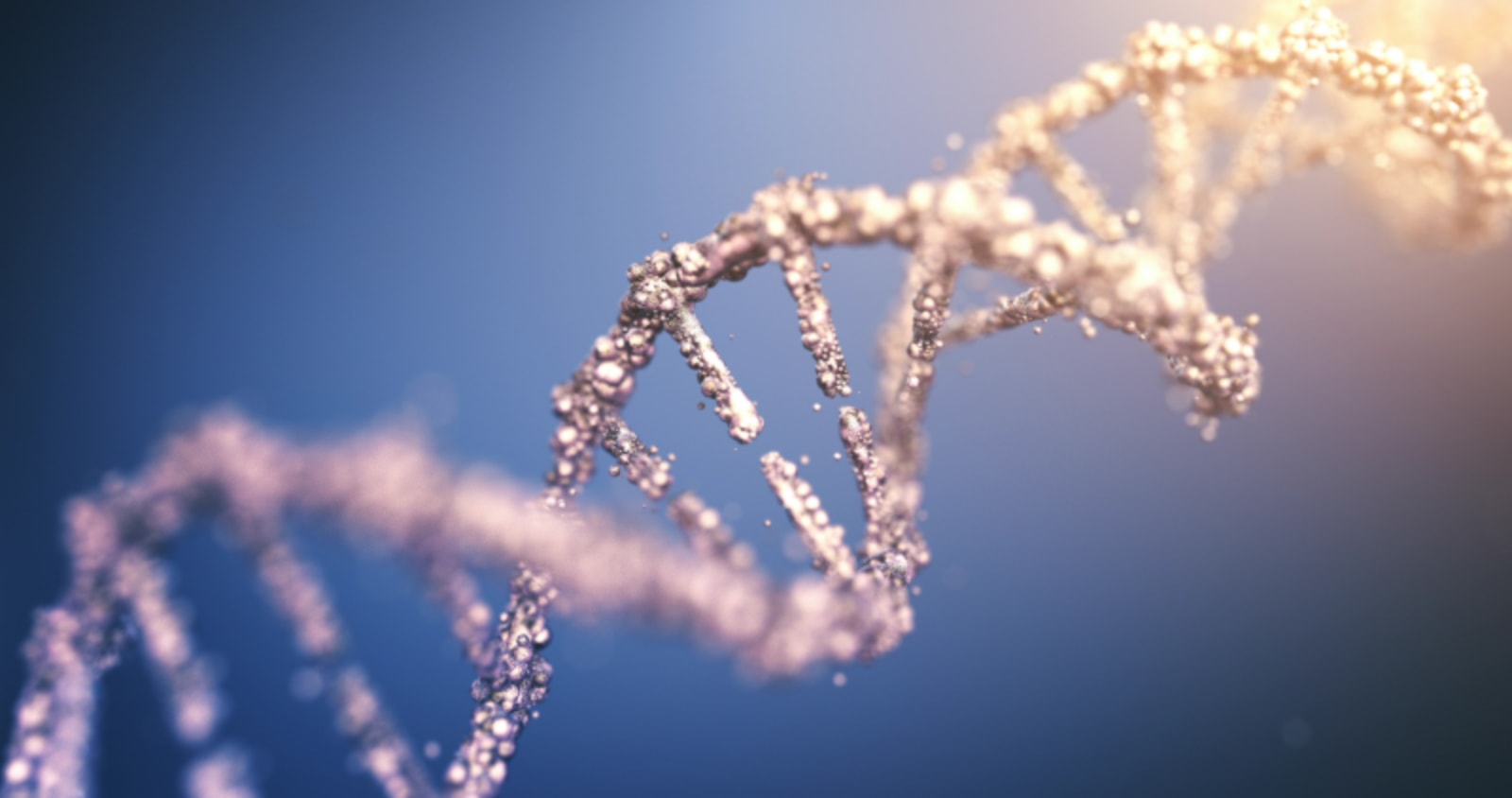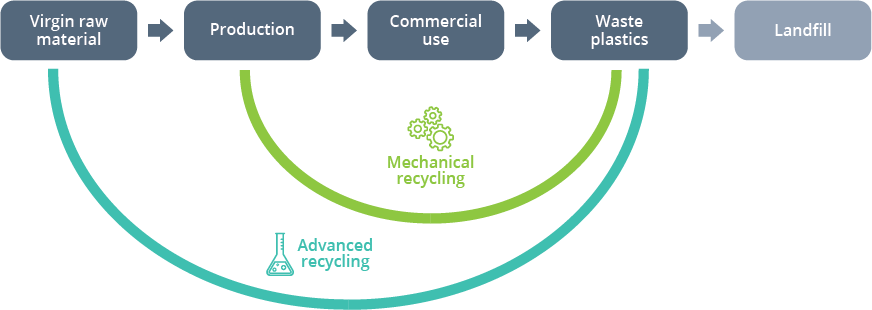
The Need for Change
Plastic is as versatile as it’s
ability to be recycled

Plastic is as versatile as it’s
ability to be recycled

More fundamentally, today’s infrastructure is not designed for the circular economy. Post-use plastic recycling relies on fragmented, inefficient systems that have kept down recycling rates. Even though the right technology exists, valuable post-use plastics have wound up in landfills and the environment. But with a new approach, that can change.
When it comes to sustainability, the promises of plastic recycling has been a mostly empty one. Misleading claims and confusing rules have meant that some plastics end up where the shouldn’t. Your soda bottle might become leggings or a rug, but eventually, it still ends up in a landfill. And what about hard-to-recycle plastics, like bottle caps, shopping bags, loose films, or even plastic toys?
Internationally, only 10% of all plastics produced annually are recycled with the rest ending up in landfills, the environment or incinerators.


Global recycling methods alone aren’t enough. What types of plastics can be recycled in your community? Can a bottle cap be recycled? Do the plastics need to be cleaned and sorted? There is little consistency around recycling.
We developed the 10 to 90® brand to help bridge the gaps in today’s recycling systems and match up plastic waste with the businesses that are best able to use it, even plastics that are difficult to recycle.
